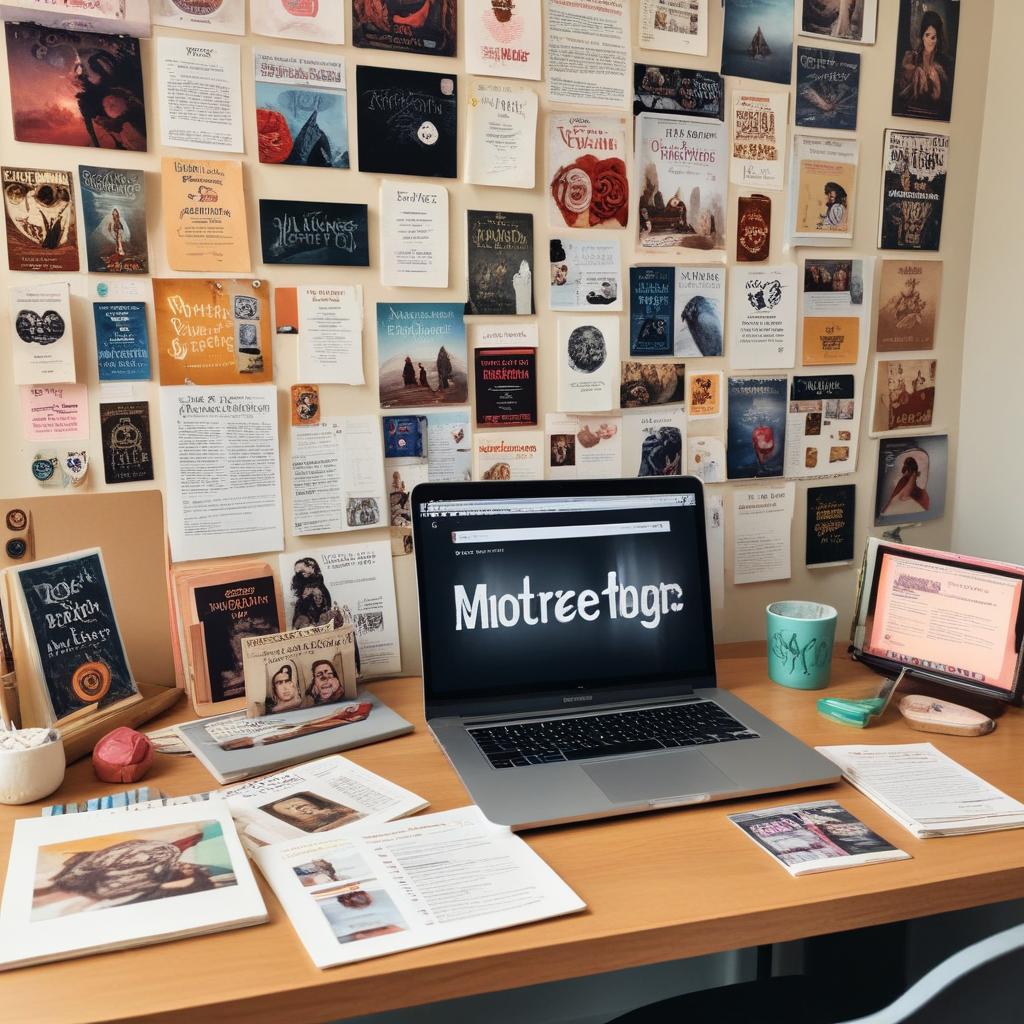A Comprehensive Guide to Creating Engaging Campaigns
In the digital marketing landscape, email newsletters remain one of the most effective tools for nurturing relationships with customers, driving engagement, and promoting products or services. Despite the rise of social media and other communication channels, email newsletters offer a direct line to your audience, allowing you to deliver personalized content right to their inbox.
In this article, we’ll explore why email newsletters are essential for businesses, how to craft compelling content, and best practices for maximizing their impact.
1. Why Email Newsletters Matter
Email newsletters serve multiple purposes in a marketing strategy. They keep your audience informed, engaged, and connected with your brand. Here are a few reasons why email newsletters are so powerful:
- Direct Communication: Unlike social media, where algorithms control what your audience sees, email newsletters go directly to your subscribers’ inboxes, ensuring your message reaches them.
- Personalization: With email newsletters, you can tailor content to different segments of your audience based on their preferences, behaviors, and past interactions with your brand.
- High ROI: Email marketing consistently delivers a high return on investment. According to research, for every $1 spent on email marketing, the average return is $42.
- Building Relationships: Regular newsletters help maintain a relationship with your audience, keeping your brand top-of-mind and fostering loyalty.
2. Crafting Compelling Content for Your Newsletter
The success of an email newsletter largely depends on the quality of its content. Your goal is to provide value to your subscribers, whether through information, entertainment, or exclusive offers.
A. Start with a Strong Subject Line
The subject line is the first thing your subscribers see, and it determines whether they will open your email or not. A strong subject line should be:
- Concise: Aim for 6-10 words that quickly convey the email’s main message.
- Clear and Specific: Let the reader know what to expect inside the email.
- Intriguing: Pique curiosity without resorting to clickbait.
Examples:
- “Unlock Exclusive Discounts Just for You”
- “Top 5 Tips to Boost Your Productivity Today”
- “Your September Update: What’s New?”
B. Provide Valuable Content
Your newsletter should be more than just promotional; it should provide real value to your subscribers. Here are some content ideas:
- Educational Articles: Share insights, how-tos, and tips relevant to your industry.
- Company News: Keep your audience informed about new products, services, or events.
- Exclusive Offers: Reward your subscribers with discounts, early access, or special deals.
- Curated Content: Share interesting articles, blog posts, or resources from around the web that your audience would find valuable.
- Customer Stories: Highlight success stories, testimonials, or user-generated content to build trust.
C. Use Engaging Visuals
Incorporating visuals like images, infographics, or videos can make your newsletter more appealing and help convey your message more effectively. Ensure that your visuals align with your brand identity and complement the written content.
- Images: Use high-quality images that enhance your content. Avoid generic stock photos; instead, opt for images that resonate with your audience.
- Infographics: Present data or information in a visually engaging way to make it easier for readers to digest.
- Videos: Embed short, relevant videos that add value to your content. Video content can significantly boost engagement rates.
D. Include Clear Calls to Action (CTAs)
Every newsletter should have a clear purpose, whether it’s driving traffic to your website, encouraging readers to make a purchase, or prompting them to share your content. Include a CTA that guides your readers on what to do next.
Examples of CTAs:
- “Shop Now”
- “Read the Full Article”
- “Join the Webinar”
- “Share Your Thoughts”
Make sure your CTA is prominently placed and stands out visually, making it easy for readers to take action.
3. Designing Your Email Newsletter
The design of your newsletter is just as important as its content. A well-designed newsletter should be visually appealing, easy to navigate, and aligned with your brand’s identity.
A. Use a Clean Layout
A cluttered email can overwhelm readers and detract from your message. Use a clean, simple layout with plenty of white space to make your content easy to read.
- Single-Column Layout: This layout works well for mobile users and ensures that your content is easily scannable.
- Hierarchy: Organize your content so that the most important information is at the top. Use headings, subheadings, and bullet points to break up text and guide the reader’s eye.
B. Mobile Optimization
More than half of all emails are opened on mobile devices, so it’s crucial that your newsletter is mobile-friendly.
- Responsive Design: Use responsive design to ensure your newsletter looks great on all devices, from desktops to smartphones.
- Shorter Copy: Since mobile screens are smaller, keep your text concise and to the point.
- Clickable CTAs: Ensure that buttons and links are large enough to be easily tapped on a mobile device.
C. Consistent Branding
Your newsletter should reflect your brand’s visual identity. Use consistent colors, fonts, and logos that match your website and other marketing materials.
4. Building and Segmenting Your Email List
Your email list is one of your most valuable assets, but it’s important to grow it organically. Purchasing email lists can damage your brand’s reputation and lead to poor engagement rates.
A. Grow Your List Organically
Encourage sign-ups by offering something of value in exchange for an email address, such as a discount, free resource, or exclusive content.
- Sign-Up Forms: Place sign-up forms on high-traffic pages of your website, such as the homepage, blog, and checkout page.
- Pop-Ups: Use timed pop-ups to capture email addresses without disrupting the user experience.
- Social Media: Promote your newsletter on social media platforms to attract new subscribers.
B. Segment Your Audience
Not all subscribers are the same, and they shouldn’t be treated as such. Segmenting your email list allows you to send more personalized and relevant content, leading to higher engagement rates.
Common segmentation strategies include:
- Demographics: Age, gender, location, etc.
- Behavior: Past purchases, website activity, email engagement, etc.
- Preferences: Content topics or product categories of interest.
5. Analyzing and Optimizing Performance
To continually improve your email newsletter strategy, you need to analyze key metrics and adjust accordingly.
A. Track Key Metrics
Monitor these metrics to gauge the success of your newsletters:
- Open Rate: The percentage of subscribers who open your email. This metric helps you understand how effective your subject lines are.
- Click-Through Rate (CTR): The percentage of subscribers who clicked on a link in your email. A high CTR indicates that your content and CTAs are engaging.
- Conversion Rate: The percentage of subscribers who completed a desired action, such as making a purchase or signing up for a webinar.
- Unsubscribe Rate: The percentage of subscribers who opt-out of your emails. A high unsubscribe rate may indicate that your content isn’t meeting audience expectations.
B. A/B Testing
A/B testing involves sending two different versions of an email to see which one performs better. You can test various elements, such as subject lines, CTAs, or design layouts, to determine what resonates most with your audience.

